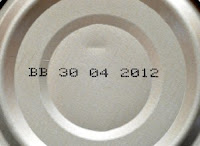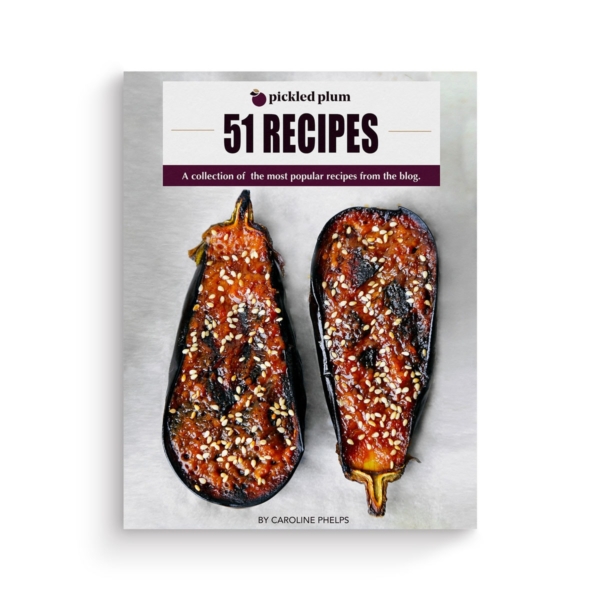
We’ve all done it: Opened up the fridge to find an old jar of mayo or shrimp cocktail sauce and wondered if it’s still good. The Best Before date has passed so you throw the jar in the garbage thinking it’s not longer good. What most of us don’t know is that Best Before doesn’t necessarily mean it’s expired. Here’s how it works:
Best Before, Best By:

These aren’t expiration dates. It’s to let you know that the item you’re purchasing is at its most delicious stage until the stamped date, BEFORE it’s opened. Once it’s opened, it should last longer as long as you keep it refrigerated and/or sealed properly.
Use By:

The food is expected to go bad around that time.
Sell By:

These dates are for grocers. It means they’re allowed to display the food until the date posted on the packaging. It also means you should buy steaks or poultry before the date’s passed, even though you can keep it and use it a few days afterward.
When you see Expires On, that’s a different story: You should follow orders and throw your food away (unless it was in the freezer in which case, will last longer). *Note of caution: check and make sure that the meat you bought wasn’t previously frozen. Refreezing is not recommended. * This label means that the manufacturer can no longer guarantee the nutritional value or content of the product.

So how do we know when food is no longer good? Unfortunately there’s no clear and obvious way to know. Your best bet is to smell, look and taste it. If it doesn’t seem right, it probably isn’t.
Here are a couple of charts to help you with basic guidelines to follow when storing food in your fridge (taken from USDA Food Safety and Inspection Service)















It’s so true Muhammad,
they’ll do anything to make us spend more money.. 🙁
The Best Before date survival warehouse review has passed so you throw the jar in the garbage thinking it’s not longer good
One good way to inform the possible consumers who are looking upon those labels. They just deserved to be informed of what ever those terminologies means, so that, they know when to use and dispose them, such a really helpful blog post. Thanks for the information.
Food safety education is never a bad thing. It’s always good to remind ourselves of how food should be handled to avoid getting sick. Thanks1